Is Choke Cherry Truly Toxic to Cats? Honest Answer for Owners
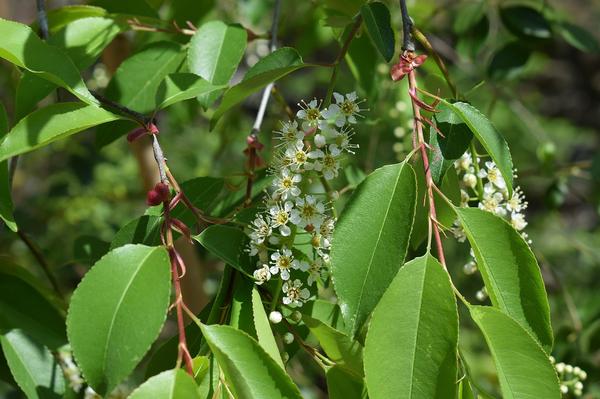
Worried cat parents...
Are you losing sleep over the thought of poisoning your precious feline with choke cherries? 😱
I understand, I really do.
It's like tiptoeing through a minefield blindfolded, isn't it?
Well, fret no more!
Let's dig into the juicy truth together, shall we?
Choke Cherries and Their Potential Toxicity to Cats
Choke cherries might not seem harmful, but they can be toxic for cats.
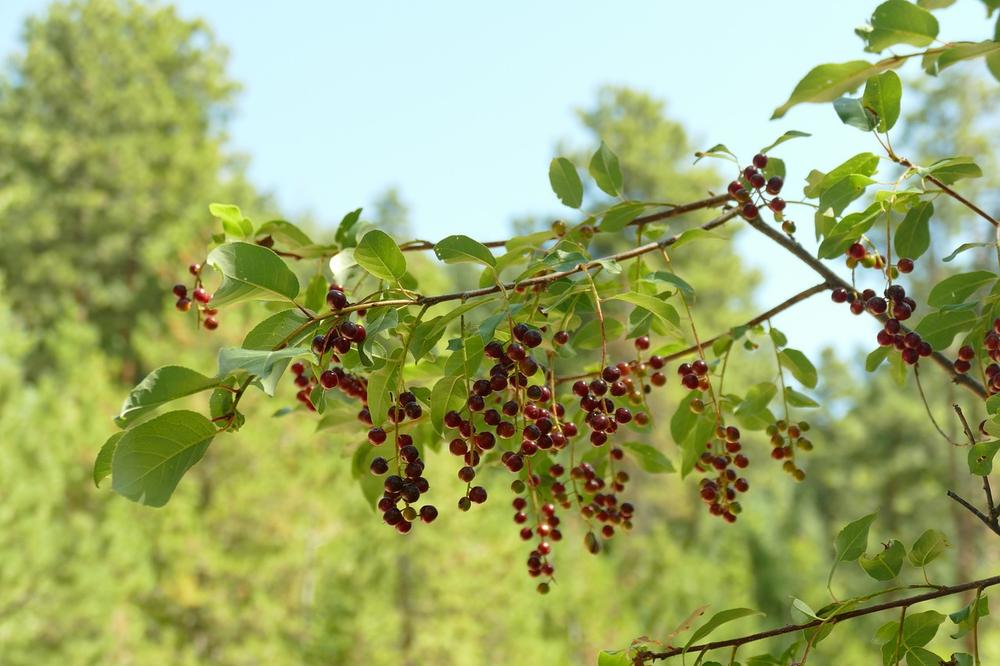
Here's what you should know:
- If your cat consumes choke cherries, they may have trouble breathing and start vomiting.
- It's not just the cherries themselves that are risky – their stems, leaves, and pits are poisonous as well.
- The first step in keeping your cat safe is to identify the choke cherry trees in your area and prevent any contact with them.
- Make sure choke cherry products like jams or jellies are secure and out of reach from your cat.
- If you suspect your cat has eaten choke cherries or shows signs of poisoning, don't wait – contact your vet right away.
- Keep a close watch on your cat's behavior. Better safe than sorry, so if they show any strange symptoms after being around choke cherries, take action.
- Educate yourself about other plants that could be harmful to cats. Choke cherries aren't the only threat; there are plenty more to be aware of.
- To minimize the risk of exposure to toxic plants like choke cherries, consider making your outdoor space cat-proof.
- Always remember that prevention is your best strategy. Stay proactive and informed to keep your furry friend safe.
Following these guidelines will help keep your cat in good health and avoid the hazards associated with choke cherries. 😺
Main points I'll expand upon further down this article:
- Contact a veterinarian immediately if your cat eats choke cherries.
- Watch for signs of trouble like difficulty breathing or excessive drooling.
- Save any pieces of choke cherries your cat ate for the vet's assessment.
- Only induce vomiting if instructed by the vet.
- Provide the vet with accurate information about the amount of choke cherries consumed.
- Look for signs of labored breathing, vomiting, diarrhea, abdominal pain, dilated pupils, and balance issues in your cat.
- Seek immediate veterinary treatment for choke cherry toxicity in cats.
- Treatment may include inducing vomiting, administering activated charcoal, providing fluids and medication, and monitoring organ function.
- Keep your backyard free from choke cherry trees and use barriers if they are nearby.
- Substitute choke cherries with safe fruits or specially formulated cat treats, and consult with your vet for recommendations.
Immediate Steps to Take if Your Cat Consumes Choke Cherries
If your cat consumes choke cherries, here are some immediate steps you should take:
- Contact a veterinarian immediately. Time is of the essence when your cat ingests choke cherries, so don't delay in seeking professional help.
- Look out for signs of trouble. Watch if your cat has trouble breathing or excessive drooling, as these could be indications of a serious issue.
- If possible, try to save any pieces of choke cherries that your cat consumed. This will help the vet identify the toxic substances and determine the best course of action.
- Do not induce vomiting without veterinary advice. Throwing up may not always be suitable, depending on the situation, so it’s important to follow the professional guidance.
- Provide detailed information to the vet about the incident. Tell them how many choke cherries your cat ate and provide additional context about what happened. This will assist them in making an accurate diagnosis and providing appropriate treatment.
Time is critical when dealing with choke cherry ingestion in cats.
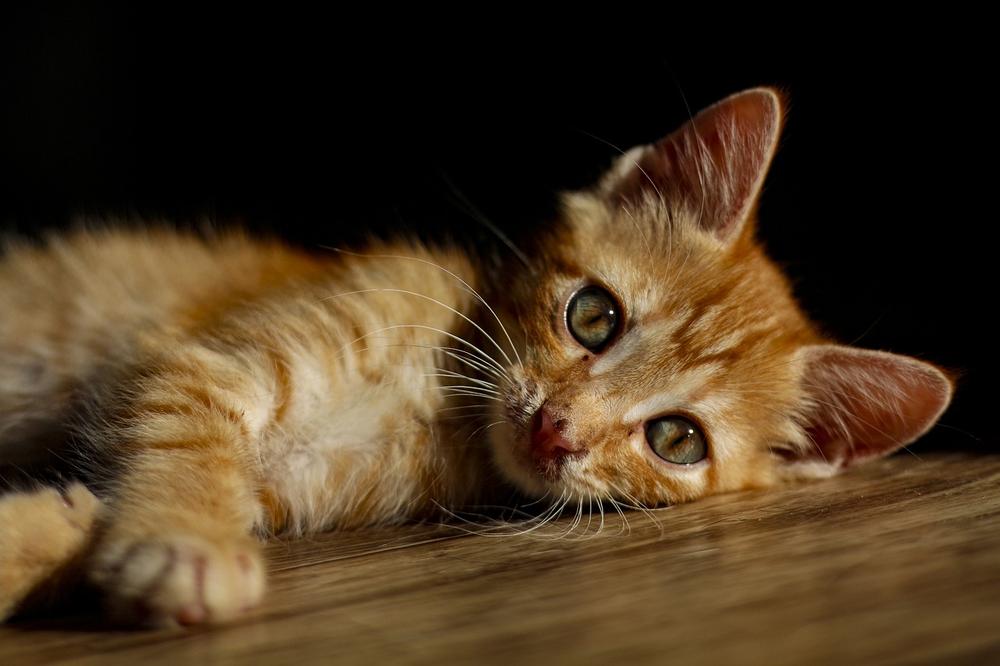
Don't hesitate to reach out to a veterinarian for immediate assistance.
And be on the lookout for any signs of choke cherry toxicity in your cat!
If they exhibit labored breathing or gasping for air, it could indicate poisoning...
Recognizing the Symptoms of Choke Cherry Poisoning in Cats
So, you've heard how choke cherries can harm your little cat.
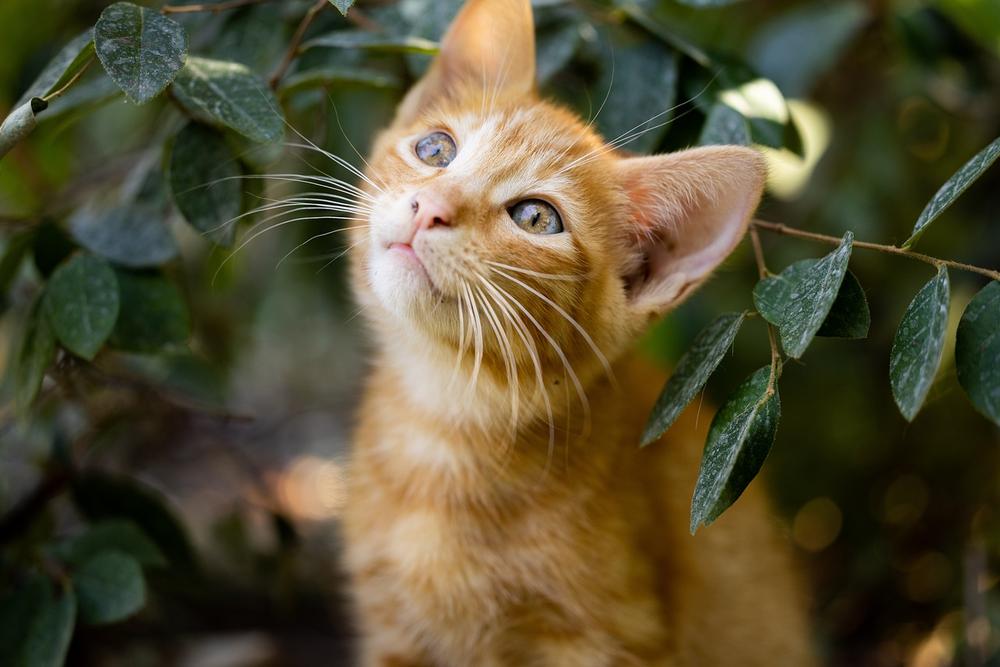
You know what to do right away if they eat them.
But do you know how to tell if your cat has choke cherry poisoning?
Here's what to watch out for:
- Hard time breathing or gasping for air: If your cat seems like they're struggling to catch their breath, it could mean they have choke cherry poison.
- Throwing up, having diarrhea, and feeling pain in the belly: These are common signs that your cat ate something toxic.
- Big pupils: If your kitty's eyes look bigger than usual, it may be from the choke cherry poison.
- Trouble staying balanced or coordinated: Is your cat stumbling around or finding it hard to walk straight? That might mean they swallowed something bad.
- Lots of drooling or foaming at the mouth: Keep an eye out for any weird drooling or foam dripping from your cat's mouth.
- Feeling weak or tired all the time: If your furry friend seems weaker than normal or lacks energy, pay close attention.
Catching these symptoms early on can make a big difference in getting the right help for your cat. 💊
Treating Choke Cherry Poisoning in Cats
| Treatment Methods | Additional Information |
|---|---|
| Inducing vomiting | Removes the toxin from the cat's system |
| Activated charcoal | Absorbs any remaining toxins |
| Intravenous fluids and medication | Aids in the cat's recovery |
| Blood tests and diagnostic procedures | Assess organ function and monitor progress |
| Follow-up appointments with the veterinarian | Essential for monitoring the cat's recovery |
Dealing with the toxic effects of choke cherries on cats is no easy task, let me tell you. It's not something you can take lightly. 😞
Let's dive right into it...
The first step in treating choke cherry poisoning is inducing vomiting in your feline companion.
I know it's not the most pleasant thought, but you need to eliminate that toxic cherry from their system as soon as possible.
Once your beloved furry friend has expelled the harmful substances, the veterinarian will administer activated charcoal, which works like a powerful vacuum cleaner, sucking up any remaining toxins.
But here's the thing...
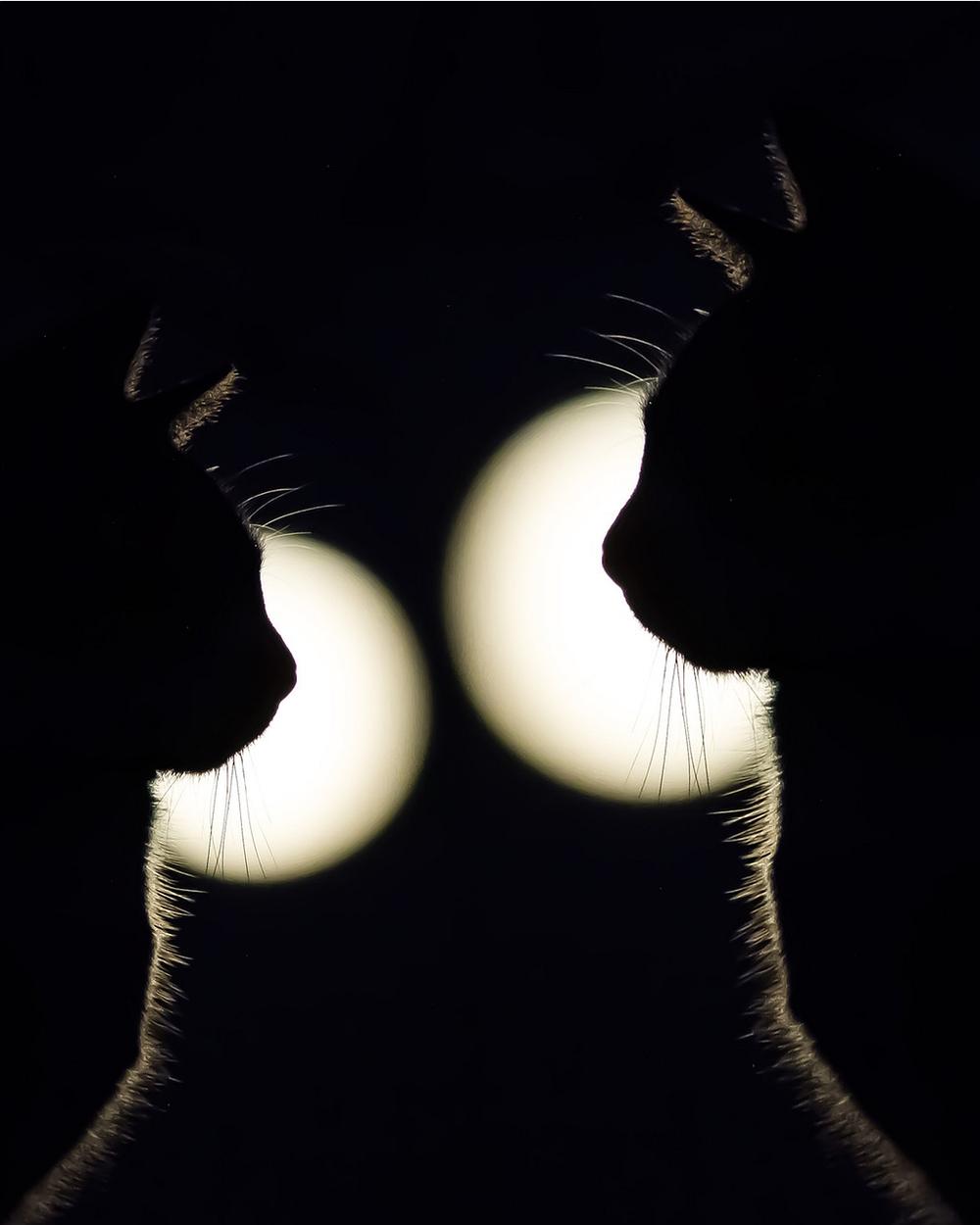
In some cases, your cat may need additional support such as IV fluids and medication.
These treatments can help them recover from the aftermath of choke cherry poisoning.
Now, don't worry too much because these professionals really do know what they're doing.
And get ready for this...
To ensure your cat's organs are healing properly during the recovery process, the vet may order blood tests or conduct other diagnostic procedures.
You have to keep track of their progress through follow-up appointments.
So go ahead, take a deep breath.
Rest assured, your beloved cat is in capable hands.
Preventing Choke Cherry Poisoning in Cats
Keep your backyard safe from choke cherry trees to avoid poisoning.
If you have these trees nearby, create fences or barriers to keep your cat away from them.
During outdoor walks, stay watchful and stop your feline friend from munching on those dangerous cherries.
Don't forget to regularly inspect neighboring areas for wild choke cherries that could be harmful to your fur baby.
And when your cat is outside, always keep a close eye on them, especially if there are choke cherry trees in the vicinity.
And speaking of keeping your fur baby safe, have you ever wondered if cats can eat chocolate? It's natural to have concerns about what foods are safe or harmful for our feline friends.
If you want to find out the answer and learn more about the potential risks, I highly recommend checking out my blog post Can Cats Eat Chocolate.
In it, I discuss everything you need to know to ensure your cat's well-being when it comes to chocolate consumption.
Stay informed and keep your furry companion happy and healthy.
Alternative Treats for Cats to Enjoy
Here's the lowdown on alternative treats for cats:
- Substitute choke cherries with cat-safe fruits like apples or watermelon.
- Offer specially formulated cat treats that are safe and enjoyable for them.
- Introduce catnip or cat grass as alternative treats to keep cats entertained and satisfied.
- Consider providing puzzle toys or treat-dispensing devices that engage and challenge your cat mentally.
- Consult with your veterinarian for recommendations on safe and appropriate treats for your cat.
I know what you're thinking, "My cat loves choke cherries!" But trust me, there are plenty of other options out there.
For instance, cats can have a blast with apple slices or chunks of juicy watermelon.
It's a win-win situation!
And if you want to keep your feline friend on cloud nine, give them some specially made cat treats.
They'll be licking their paws in delight.
But wait, there's more!
Catnip and cat grass are like little slices of heaven for your furry companion. Watch as they roll around and purr with contentment.
To challenge your clever kitty, try incorporating puzzle toys or treat-dispensing devices into playtime.
Mental stimulation at its finest!
Play it safe and consult with your vet to find the best treats for your cat.
They'll have all the purrfect recommendations.
But wait, there's something you should know! If you've ever wondered whether it's safe for your furry friend to indulge in a delicious Oreo, I have the answer for you.
In my comprehensive guide, I explore the potential risks associated with cats eating Oreos.
Discover if your kitty can enjoy these chocolatey treats by visiting my article: Can Cats Eat Oreos.
And that wraps up today's article.
You've reached the end of my blog post, so let me ask you… Did you enjoy it? I dedicated a great deal of effort into creating comprehensive and helpful blog content. It genuinely requires a significant amount of time (which I find rewarding), so I would greatly appreciate it if you could click on any of the social sharing icons to share this post with others. Thank you so much!
Talk soon,
-Sarah Davis